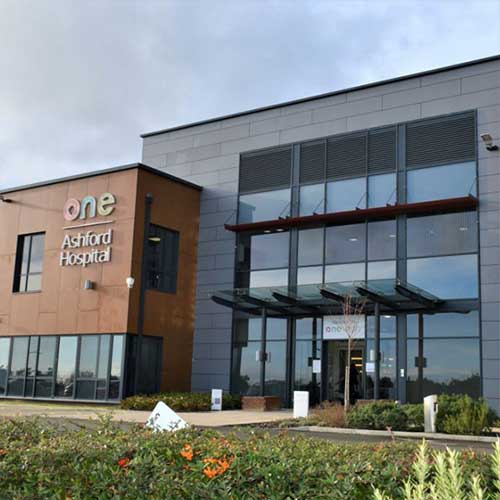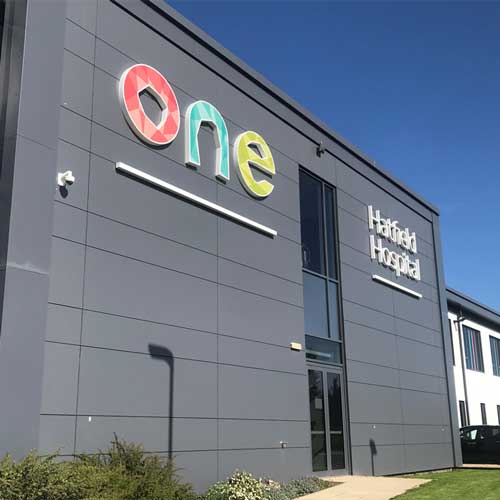Ingrown Toenail Surgery
An ingrown toenail (onychocryptosis) is a common condition which usually occurs in the big toe. The corner or the edge of the toenail curves and grows into the surrounding skin, giving an unsightly appearance. The skin can also grow over the edge of the nail. It is equally common in both men and women.
Causes of Ingrown Toenails
Pressure from the growth of the nail edge into the skin of the toe is the typical cause of an ingrown toenail. This is an imbalance between the size of the nail and the enlargement of the nail skin edge. The condition is a hereditary disorder, although the following can contribute to an ingrown toenail:
- Improper fitting shoes which are too tight
- Overly aggressive pedicures where the nails are cut too short and angled at the edge
- Trauma to the toenail such as stubbing your toe
- Toenails which naturally curve inward (pincer nails)
Some people are more predisposed to developing an ingrown toenail, particularly those with:
- An abnormal gait and poor foot mechanics such as pronation
- Foot deformities such as flat foot, bunions and hammer toes
- Poor foot hygiene
- Congenital toenail deformity
- Repetitive pressure or trauma to the feet
- Abnormally long toes
- Bony or soft tissue tumours of the toes
- Excessive sweating of the feet (hyperhidrosis)
- Obesity
- Heart, kidney and thyroid problems which may cause foot and leg swelling
- Fungus infection of the nails (onychomycosis)
- Diabetes
- Arthritis
- Edema of the lower extremities
Athletes, particularly those who participate in ‘stop start’ sports such as football, tennis and basketball are particularly prone to ingrown toenails.
Symptoms of an Ingrown Toenail
Ingrown toenails can cause pain which usually worsens over time. If you think you have an ingrown toenail, it is wise to have it investigated as soon as possible to avoid symptoms becoming worse. Typical symptoms of an ingrown toenail include:
- Redness of the skin next to the nail which causes tenderness and swelling
- Pain when applying pressure on the toe
- A build-up of fluid around the toe
As symptoms progress, you may also notice the following:
- A clear yellowish fluid oozing around the toe
- Bleeding
- Overgrowth of skin around the toe
- Increased pain
To prevent infection, it is important to treat ingrown toenails as soon as they occur. Mild cases can usually be treated with conservative, home remedies, but serious cases may require surgical intervention.
Diagnosis of an Ingrown Toenail
Your doctor will carry out a physical examination of your toe to determine if your toenail is ingrown. If it appears to be infected, you may be referred for an X-ray to determine how deep the nail has grown into the skin. This can also tell if your ingrown toenail was caused by an injury.
The diagnosis of an ingrown toenail is fairly straightforward, but signs and symptoms can vary significantly between individuals, particularly if an infection has developed. A detailed medical history and taking into account all possible causative factors can help make a proper diagnosis.
Treatment of an Ingrown Toenail
There are a number of over the counter treatments available for ingrown toenails. Topical products can help decrease inflammation, particularly ones which contain ingredients such as tea tree oil or menthol. Other topical agents help relieve pain and soften the nail; these usually contain salicylic acid. You should not use over the counter preparations if you have diabetes, poor circulation or a foot infection.
Other home remedies include:
- Elevating the foot
- Over the counter painkillers such as ibuprofen to minimise discomfort
- Proper nail cutting
- Soaking the foot 3-4 times a day to coax a stuck toenail out from beneath the overgrown skin
- Good foot hygiene, ensuring you dry the foot well and wear comfortable shoes that do not crowd the toes
Surgery for Ingrown Toenail
If conservative treatment methods do not alleviate the problem or pain worsens with a sign of infection, you may require surgery to correct the condition. Depending on the severity of the problem, the surgeon may remove all of the nail (matrixectomy) or part of the nail; a part of the nailbed and some of the surrounding affected tissue.
An anaesthetic is not usually required if only a simple resection and removal of the offending nail is needed. However, nail avulsion and matrixectomy will require a local anaesthetic. This is injected directly into the toe and its effects last throughout the length of the procedure. As the anaesthetic is administered locally, you will be fine to drive or walk after surgery.
Surgery can be carried out by either an Orthopaedic foot surgeon, or a Podiatric surgeon.
Post-Operative Recovery
After surgery, you will be required to elevate the foot for the remainder of the day. Dressings can usually be removed the following day. It is important to keep the wound clean with an antimicrobial soap, followed by an application of antibacterial cream and a small plaster. This should be carried out twice a day for 1-2 weeks to help prevent infection.
To help aid your recovery, abstain from wearing tight fitting shoes and opt for ones which are open toe or loose fitting; this will avoid putting pressure on the toe whilst it is healing.
You will be given a follow-up appointment, approximately 2 weeks after surgery to ensure the wound is healing well; however, if you notice any redness, swelling or pus, or if pain develops, you should notify your doctor immediately.
Need Help?
At One Healthcare we can book you in to see a specialist Orthopaedic or Podiatric surgeon, usually within 48 hours, for an initial consultation. Ingrown toenail surgery is available at One Ashford Hospital in Kent and One Hatfield Hospital in Hertfordshire.
You can use your private medical insurance or pay for your Ingrown Toenail Surgery treatment. We offer competitive, fixed price packages. If you are using your health insurance, please contact your insurer first for approval and let them know you’d like to be treated at One Ashford Hospital
Why One Ashford Hospital
- Access to leading Consultants within 48 hours*
- Competitive fixed-price packages
- Modern purpose-built hospital
- Private, spacious, ensuite rooms
- Specialist Physiotherapy and nursing teams
- Little waiting time for surgery
- Calm, dignified experience
*Dependent on Consultant availability
**Terms and conditions apply
Contact us and find out more
If you are based in and around Kent, Maidstone, Dover, Canterbury or Folkestone and would like to visit the One Ashford Hospital please click hereGeneral Surgery Pricing Guide at One Ashford Hospital
This is a list of guide prices for some of common General Surgery treatments and procedures.
| Treatment | Guide Price |
|---|---|
| Hernia Repair - Groin (Inguinal) | £3,895 |
| Gall Bladder Removal (Laparoscopic Cholecystectomy) | £7,095 |
If treatment for your condition is not listed above, contact the hospital on 01233 423 000 where a member of our Reservations team can provide you with a quote.



 One Ashford
One Ashford One Hatfield
One Hatfield